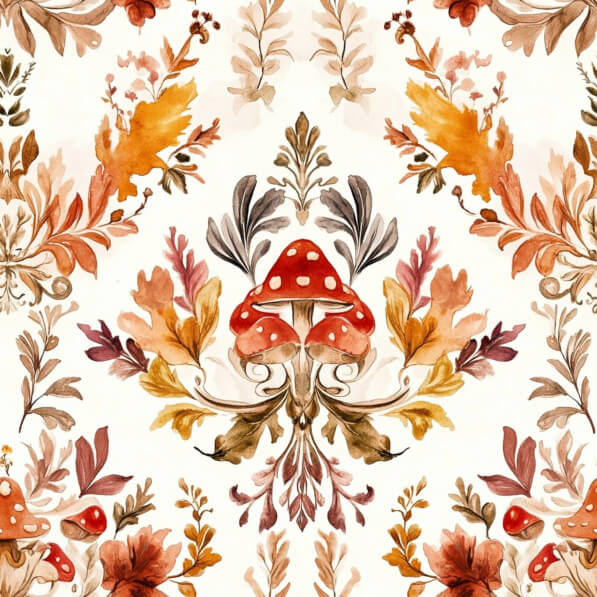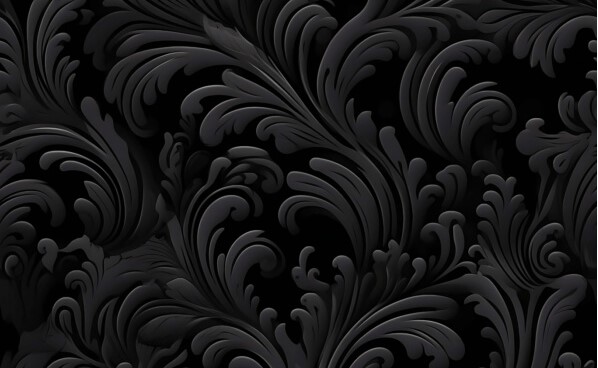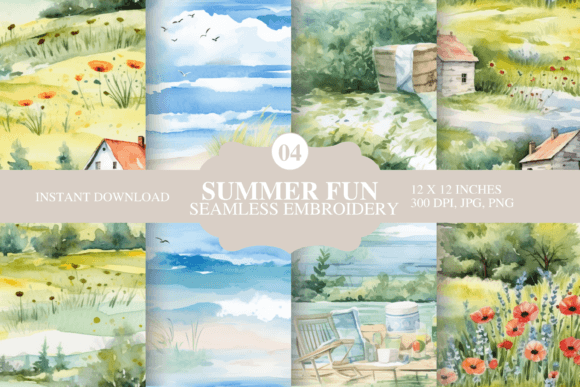Patterns surround us in nearly every aspect of our lives—from the clothes we wear to the screens we view, from the spaces we inhabit to the products we use. These repeating visual elements do more than simply decorate; they communicate meaning, evoke emotion, and influence perception. Understanding the fundamentals of pattern design opens up remarkable creative possibilities for designers, artists, and creative enthusiasts alike.
Defining Modern Pattern Design
At its core, pattern design involves the intentional repetition of visual elements to create a cohesive, continuous design. While patterns have existed throughout human history—from ancient pottery to medieval tapestries—today’s pattern design combines traditional techniques with digital innovation, resulting in unprecedented creative freedom and application potential.
Modern pattern design balances several key elements: repetition creates visual rhythm, color establishes mood and context, scale determines impact and functionality, and negative space provides essential visual breathing room. The most successful patterns maintain harmony among these elements while incorporating enough variation to sustain visual interest.
Trending Pattern Styles in Contemporary Design

Today’s design landscape features several dominant pattern styles that reflect broader cultural and aesthetic movements:
Maximalist Patterns embrace abundance, featuring rich colors, multiple motifs, and layered elements. This style rejects minimalism in favor of joyful complexity, often incorporating botanical elements, animal motifs, and cultural references in vibrant combinations. Maximalist patterns thrive in fashion, home décor, and lifestyle branding for brands targeting expression-seeking consumers.
Biophilic Patterns connect humans with nature through representations of plants, natural textures, and organic forms. These patterns satisfy the inherent human desire for natural connection in increasingly urban and digital environments. Biophilic designs appear extensively in healthcare, workplace design, and wellness products, where research shows they reduce stress and improve wellbeing.
Dynamic Patterns incorporate movement and dimensionality, often through optical illusions or gradients that create the perception of motion or depth. These patterns command attention and create immersive experiences, making them popular for digital interfaces, environmental graphics, and products targeting younger demographics.
Nostalgic Patterns reinterpret design elements from previous decades—from 1970s geometrics to 1990s Memphis-inspired motifs—with contemporary sensibilities. These patterns tap into collective memory and emotional connection, offering both familiarity and freshness simultaneously. They’ve proven particularly effective in branding, packaging, and products aimed at generational targeting.
The Technical Evolution of Pattern Creation
The technical aspects of pattern creation have transformed dramatically in recent years. Traditional methods involved meticulous hand-drawing and painting, with careful attention to repeat measurements and color matching. While these approaches remain valuable for their distinctive character, digital tools have revolutionized the field.
Vector-based design software allows for perfect precision and infinite scalability, while specialized pattern creation tools facilitate seamless repeats across various formats. Tablet technology bridges traditional and digital approaches, enabling hand-drawn elements with digital advantages. Meanwhile, emerging AI tools can generate pattern variations, suggest complementary colors, or even create entirely new patterns based on established parameters.
This technical evolution has democratized pattern design, making it accessible to creators across experience levels while expanding the possibilities for professional designers. The most distinctive work often emerges from combining multiple approaches—perhaps starting with hand sketches, refining in vector software, and applying through both digital and physical means.
Pattern Applications Beyond the Expected

While patterns are common in textiles and wallpaper, innovative applications continue to emerge across disciplines:
In architectural spaces, patterns extend beyond surface decoration to structural elements, creating buildings with patterned facades that control light, provide privacy, or respond to environmental conditions. These architectural patterns often serve both aesthetic and functional purposes simultaneously.
For digital experiences, subtle patterns improve interface usability by creating visual hierarchy, delineating content areas, and reinforcing brand identity. These digital applications require special consideration of screen types, resolutions, and accessibility standards.
In product design, patterns not only decorate surfaces but can communicate functionality, indicate grip areas, or even strengthen structural integrity. Innovative manufacturing techniques like 3D printing allow patterns to be integrated directly into product structures rather than simply applied to surfaces.
Ethical Considerations in Pattern Development
As pattern design continues to evolve, ethical considerations become increasingly important. Cultural patterns carry deep significance within their communities of origin, requiring respectful engagement and appropriate attribution. Sustainable pattern application considers environmental impact—from printing processes to material selection—embracing eco-friendly approaches without compromising design quality.
Additionally, inclusive pattern design acknowledges diverse perspectives, avoiding problematic cultural stereotypes while embracing authentic representation. The most responsible pattern designers research thoroughly, collaborate appropriately, and approach their work with both creative enthusiasm and cultural sensitivity.
Conclusion: Patterns as Visual Language
Patterns represent one of design’s most versatile and enduring visual languages. They cross cultural boundaries, transcend verbal communication limitations, and transform ordinary objects and spaces into distinctive experiences. As technology advances and creative boundaries expand, pattern design continues to offer endless possibilities for both expressive creativity and functional application.
Whether you’re a professional designer or simply someone who appreciates visual beauty, developing pattern literacy enhances your understanding of the designed world. By recognizing patterns as powerful communication tools rather than mere decoration, you gain insight into the intentional decisions that shape our visual environment and the creative possibilities that await in this dynamic design discipline.



